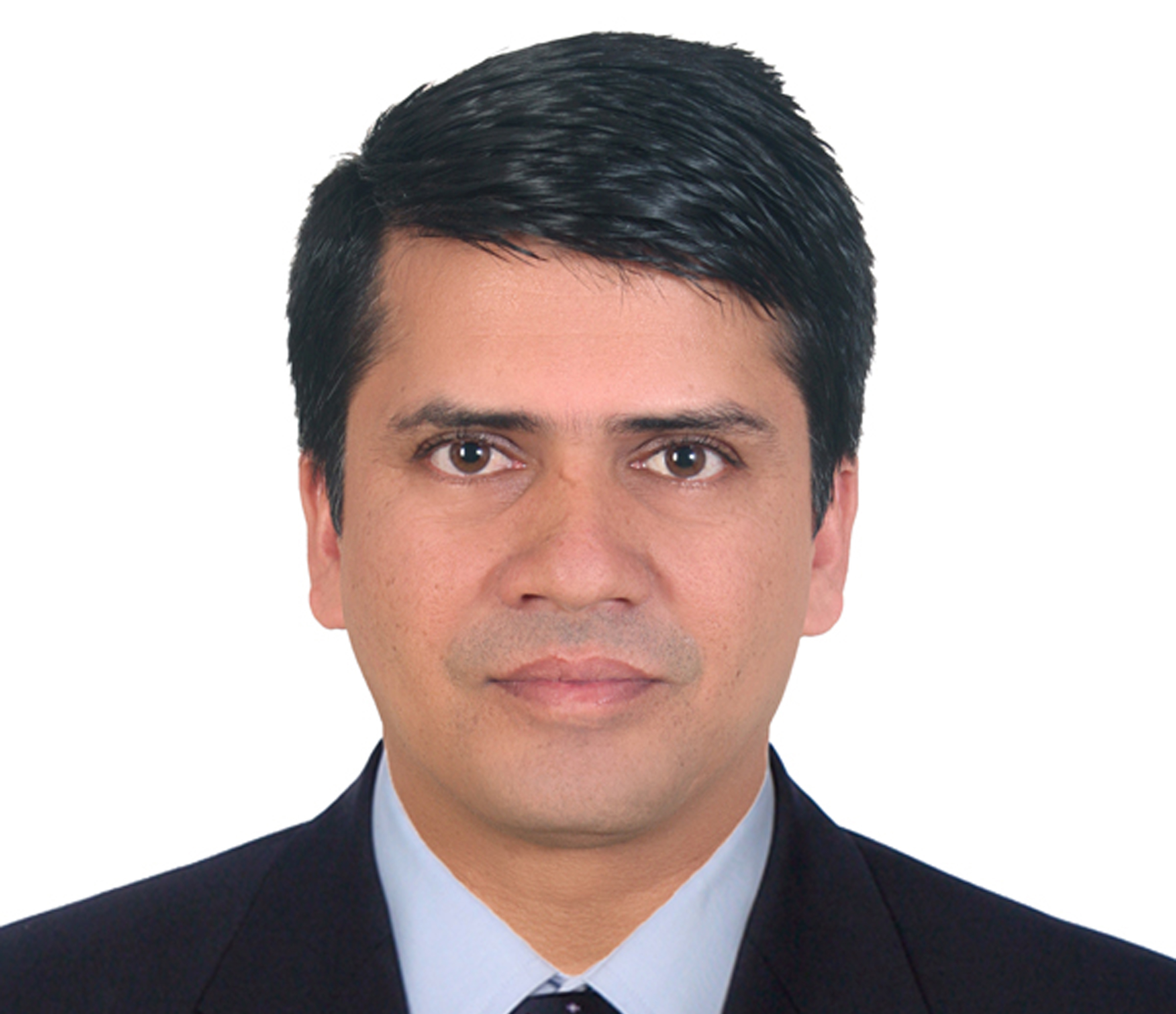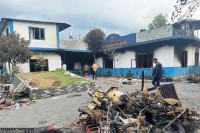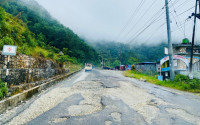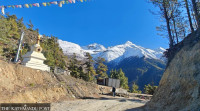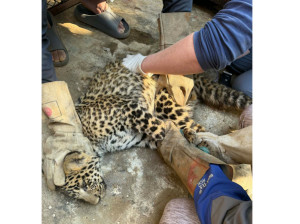Gandaki Province
Local politicians, residents rally against Kaligandaki diversion plan
More than 300,000 people across four districts rely on the Kaligandaki for agriculture, drinking water, and spiritual practices.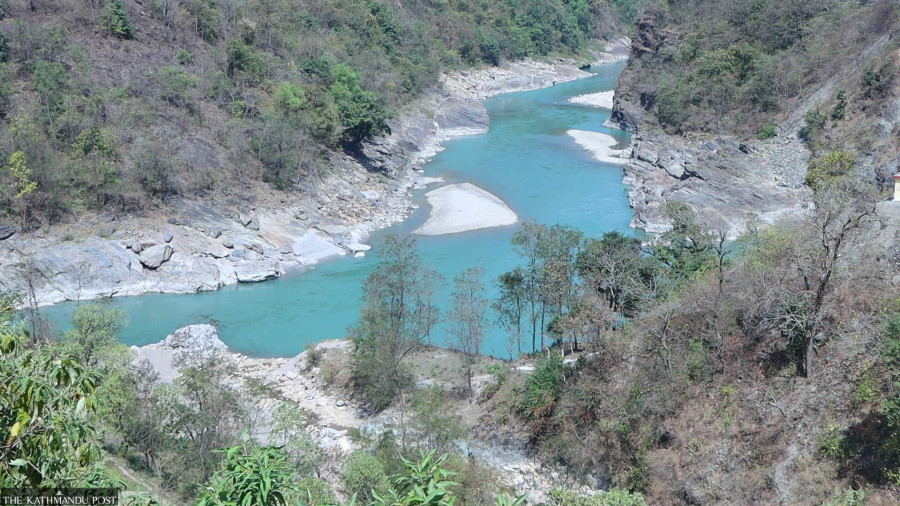
Madhav Aryal
Local representatives, political and spiritual leaders from Palpa, Syangja, Tanahun, and Nawalparasi East have pledged to resist the proposed Kaligandaki–Tinau Diversion Multipurpose Project, calling it a grave threat to the Gandaki civilisation and the sacred Kaligandaki River.
The declaration came during a regional assembly organised by the Kaligandaki Gyan Bigyan Pratishthan at Aserdi in ward 1 of Ramba Rural Municipality, Aserdi in Palpa.
The gathering of leaders from 10 affected local units focused on the need to protect the region’s religious sanctity, ecological integrity, and cultural identity.
The government’s plan to divert water from Kaligandaki River via a 27-kilometre tunnel into Tinau River in Rupandehi district aims to generate 126 megawatts of hydroelectricity and irrigate over 100,000 hectares of farmland in Rupandehi and Kapilvastu districts. The total project cost is estimated at Rs180 billion.
But critics warn that the plan—especially its goal of diverting up to 80 percent of winter river flow (82 cubic metres per second out of 102)—would decimate downstream ecosystems and communities.
More than 300,000 residents across four districts are believed to rely on the Kaligandaki for agriculture, drinking water, and spiritual practices.
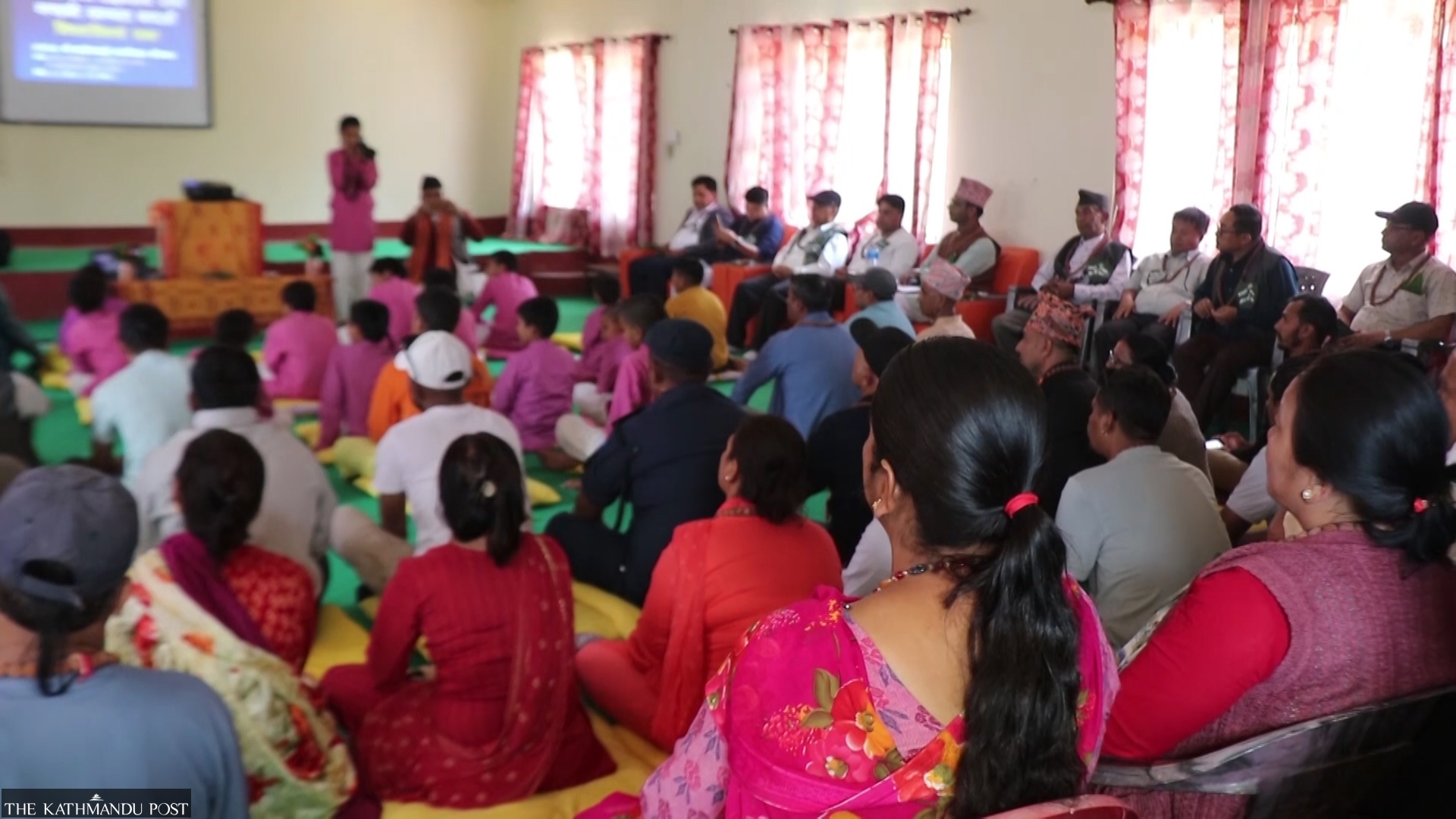
“This project will turn swathes of fertile land into desert. Kaligandaki shouldn’t be seen only as a river, it is a living civilisation,” said Raman Bahadur Thapa, mayor of Rampur Municipality, Palpa. “Whatever the cost, we are committed to stopping this diversion.”
Flowing from Muktinath in Mustang to Devghat in Chitwan, Kaligandaki is home to multiple Hindu pilgrimage sites, including Ramdi, Ridi, and the only source of Shaligram (fossil ammonites)—sacred relics believed to be manifestations of Lord Vishnu.
“Kaligandaki is our moksha-dayini nadi—she liberates us,” said Chaitanya Krishna, a spiritual leader. “You cannot divert divinity for profit. This river carries history, faith, and the prayers of millions.”
Citing scriptures, Krishna noted that a single bath in the Kaligandaki is said to yield spiritual merit equivalent to hundreds of pilgrimages elsewhere. “Even Ayodhya’s Ram Temple used a Shaligram stone from here. That alone is testimony to its divine importance,” he said.
Two huge Shaligram stones from the Kaligandaki River were taken to Ayodhya for construction of idols in the Ram Temple in February 2023.
Opposition to the project has grown across party lines. Senior Nepali Congress leader Dr Shashanka Koirala called the diversion “an assault on Nepal’s spiritual and ecological heritage,” urging the government to explore less destructive alternatives.
In Syangja, five political parties issued a joint statement expressing “grave concern” over the project’s lack of social and environmental feasibility studies. “The project disregards the federal structure and threatens to displace communities and erase cultural landmarks,” the statement read.
Local governments have also pointed to existing impacts. “We’ve already seen the river run dry from Mirmi to Rudrabeni in winter due to upstream hydro project at Mirmi, Syangja,” said Til Bahadur Thapa, chair of Devghat Rural Municipality. “Now they want to take what little is left.”
However, the Supreme Court, in its verdict of October 27, 2024, cleared the way for the project’s detailed design, rejecting a 2021 writ petition against the diversion. However, it mandated that no less than 20 percent of the river’s water be left to sustain aquatic life and that thorough environmental and cultural impact assessments be conducted.
The full text of the apex court verdict was made public on April 16, 2025.
The ruling emphasised the need to balance national development goals with the protection of local ecosystems and heritage. It instructed the government to install gauging stations and collect at least two years of hydrological data before construction begins.
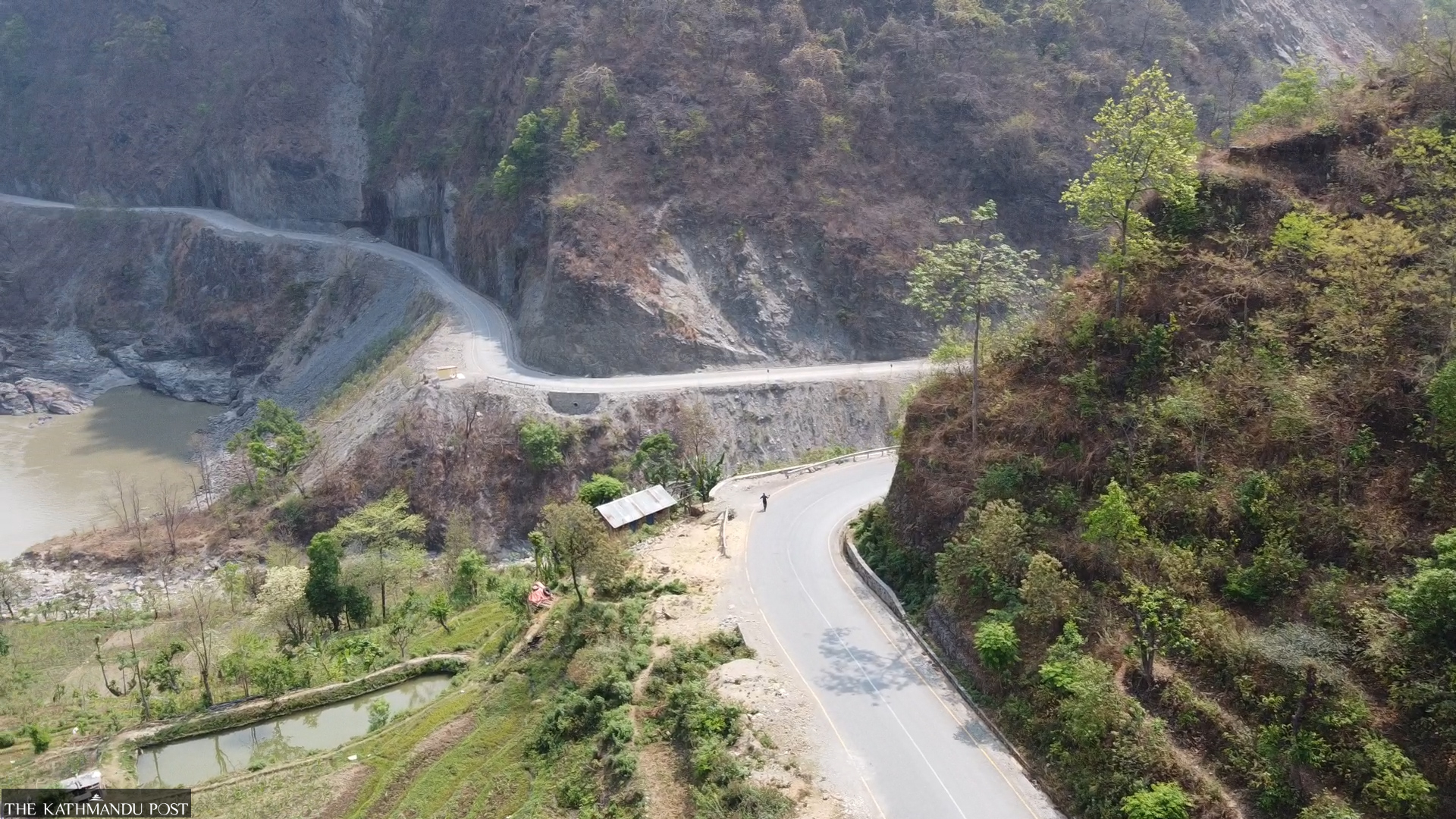
Leaders attending the Rambha summit agreed to launch a “Gandaki Civilisation Protection Movement,” combining public awareness, political advocacy, and peaceful protest.
They also proposed a symbolic Kaligandaki Foot March from Muktinath to Devghat to highlight the river’s spiritual significance and mobilise wider support.
“We are not anti-development,” said Bishnu Prasad Bhandari, chair of Rambha Rural Municipality. “But development cannot come by destroying our roots. This project would erase our river, our history, and our future.”
As the country grapples with the tension between infrastructure development and heritage preservation, the Kaligandaki case has emerged as a national litmus test.
“We call upon the government to revise its path,” reads the joint statement issued after the gathering. “Let this not be a project remembered for destruction, but one that sparked a conversation on sustainable progress rooted in respect for nature and culture.”




 7.12°C Kathmandu
7.12°C Kathmandu